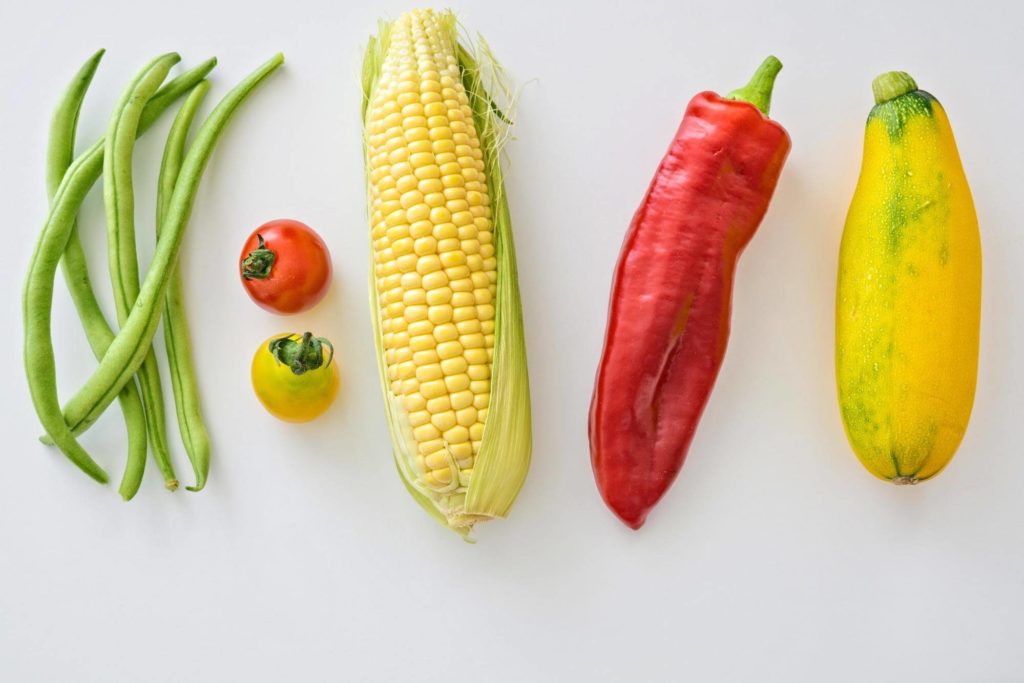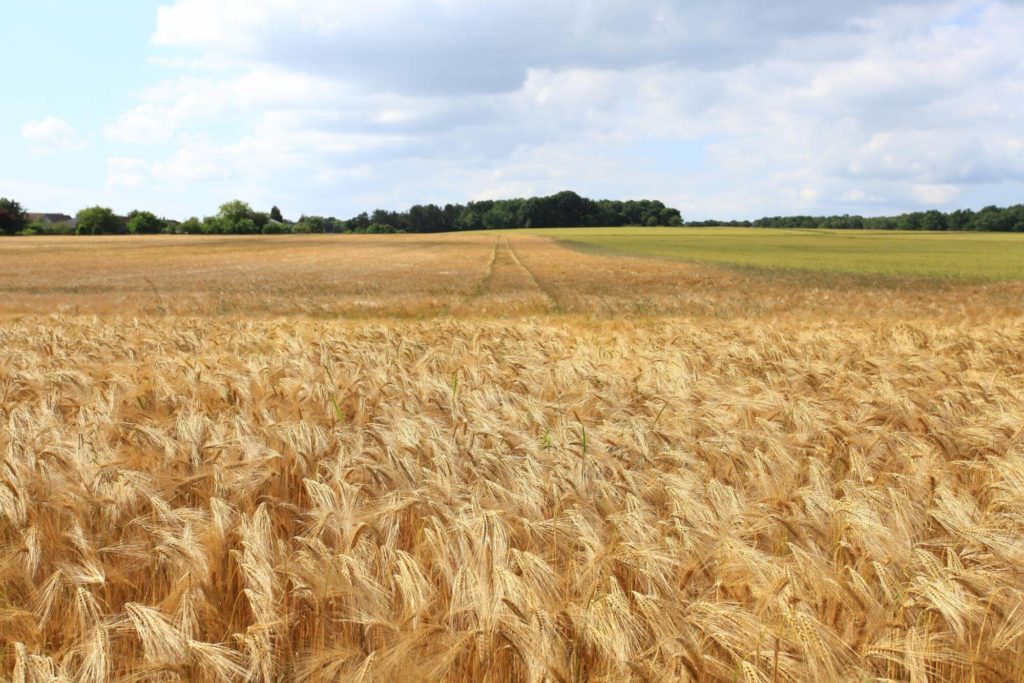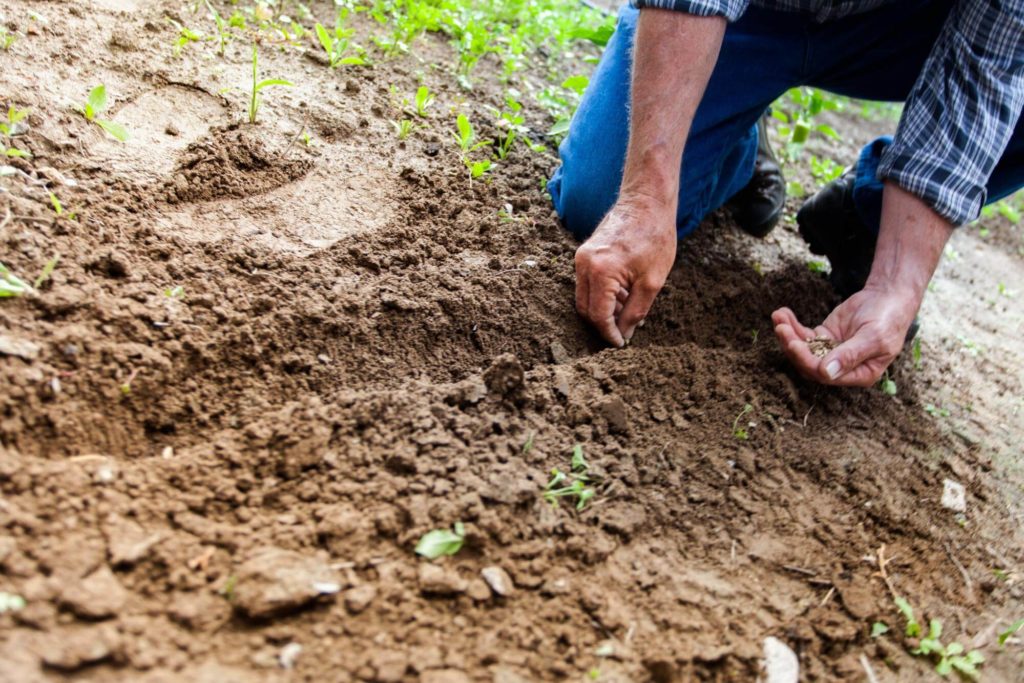Southwestern Ontario farmland is the cream of the crop —pun lovingly intended. It represents a market of over 13 million acres with a total capitalization of approximately $134 billion. Southwestern Ontario farmland turnover is estimated to exceed $5 billion annually. Here’s 3 reasons why…
1. Cash Crops
Southwestern Ontario is the Amazon of cash crops. Plenty of products, on demand. Our fields are pumping out hot commodity crops; left, right and center. Technically the term ‘cash crop’ simply refers to any sellable crops farmers aren’t using for their own families and livestock —BUT we think the catchiness of ‘cash crops’ is a perfect description of Southwestern Ontario’s agricultural wealth. We produce massive quantities of valuable products, and they generate cash.
Our Heavyweights

Southwestern Ontario’s bounty of cash crops offers a medley for the rest of Canada and the world to choose from.
What crops are grown in Southern Ontario? There are a huge variety of over 200 staple crops that thrive in Southern Ontario. The most notable All-stars in our roster are most definitely corn, soybeans, and wheat. Our other heavy-hitters are tobacco, edible beans, cereal grains, and various high value vegetable crops.
If you’ve ever had the pleasure of taking a scenic summer drive through rural Southwestern Ontario, you’ll have noticed the fields are corn, beans, and wheat; repeat! Grown for our pantries, and for our livestock, these crops are the lifeblood of our population.
If you farm or grew up on a farm, none of this is new information, but you might be interested in learning the advantages of a Land-Share Exchange Program.

Soak in the scenery of Southwestern Ontario wheat fields dancing with the summertime breeze.
Our staple field crops are tried and true, they’ve become a familiar fixture in our rural land and culture. But just because these crops make up the bulk of what we see now, doesn’t mean there isn’t room for new crops to move up the ranks in the future.

Could the fields of Southwestern Ontario start looking like this in the near future?
Now a new player has entered the game: white rice. In the academic hum of University of Guelph’s Ridgetown Campus, an exciting experimental development is underway. A company called FangZhen, based in Thornhill is testing varieties of cold-tolerant white rice in plots near Chatham, to further diversify Southwestern Ontario’s cash crop options. This is how our brightest minds are working to make white rice a feasible export crop in Southwestern Ontario’s climate.
2. Soil

We’re dishing the dirt on what makes our soil so desirable for growing our cash crops.
Our Ontario turf is a variable mattress of rich, glorious, dirt. Without getting too deep into Pedology (soil science), it’s important to consider how an area’s capacity to support plant growth relies on the geologic history of the land. The underbelly of Southwesten Ontario has a deep soil profile left behind from the last glacial period. And until relatively recently, the surface was littered with Carolinian forest which churned and cycled loads of organic nutrients into the topsoil.
These conditions endowed our stretch of Ontario with a rich combination of sand and clay, brimming with organic matter. From glaciers to granular goodies, our high quality soil evolved to provide exactly what crops crave. Without even delving into climate, infrastructure and our fantastic farmers, we already have an optimal recipe for productive farmland.
3. Pest Control
Much to our farmers’ frustration, crops aren’t the only living things that grow rampantly in Southwestern Ontario. Weeds, insects, fungi, opportunistic animals; it’s a growing paradise and all-you-can-eat buffet for countless species. And there’s always new ones evolving or flying in from afar to join the party.
Fortunately, Southwestern Ontario’s agricultural scientists are like the GhostBusters of pest control. Our natural assets combine to create a crop haven, and our researchers are fighting to stay two steps ahead of the ‘bad bugs’ every season.
There are many categories within pest research we could discuss at length, but to keep things brief we’ll look at a relatively new nuisance in our area; Western Bean Cutworm…

These ugly brown moth larvae wreak havoc on corn quality and leave it exposed to disease once they infiltrate corn fields.
Since 2006, an extensive trap network and monitoring program for this pest has been headed by OMAFRA’s Tracy Baute and Michigan State University’s Chris Difonzo. They have been an integral source for pest control and prevention throughout our province and several states in the U.S.A.
Pest research has gained a lot of traction in our agricultural communities; uniting farmers, agronomists, certified crop consultants, and scientists in an effort to keep several species of pests from reducing our crop yields.

Farmers can stop the adult moths from laying eggs in the first place by setting pheromone traps by their fields during ‘peak flight’. Photo from Michigan State University.
Modern and effective methods for scouting, trapping and spraying at pivotal points in the pest life cycle helps our farmers take a comprehensive approach to pest management.
Get it while it’s hot
Our farmland is an asset opportunity you don’t want to miss out on. We have a variety of cash crops growing on nutrient rich, well-drained soil, and we’re armed with impeccable pest management. The three reasons we outlined only scratch the surface of why our productive farmland churns out high yields and promising investment potential. We’ve got plenty of other topics to dive into as we continue to blog about our finest assets!
